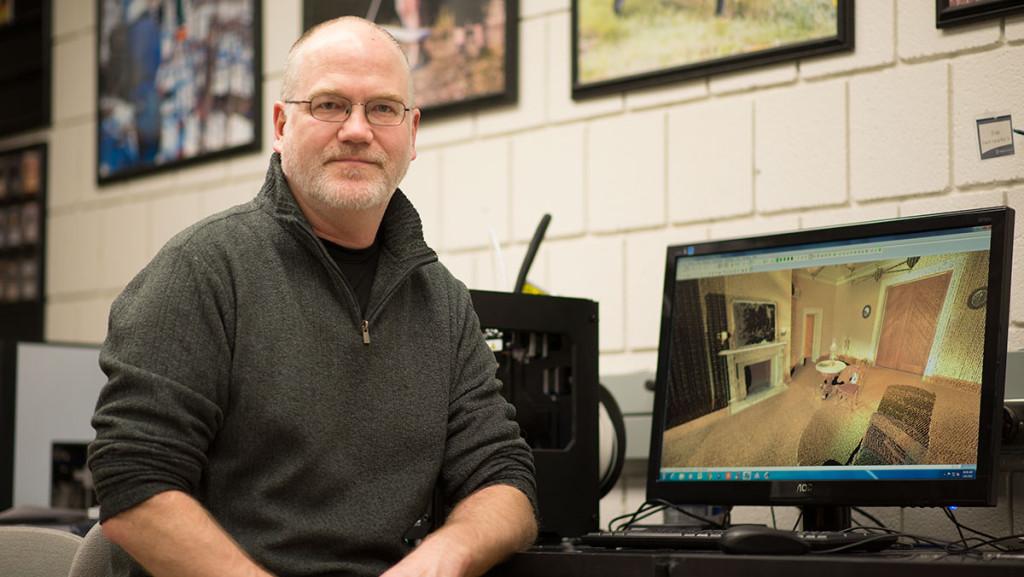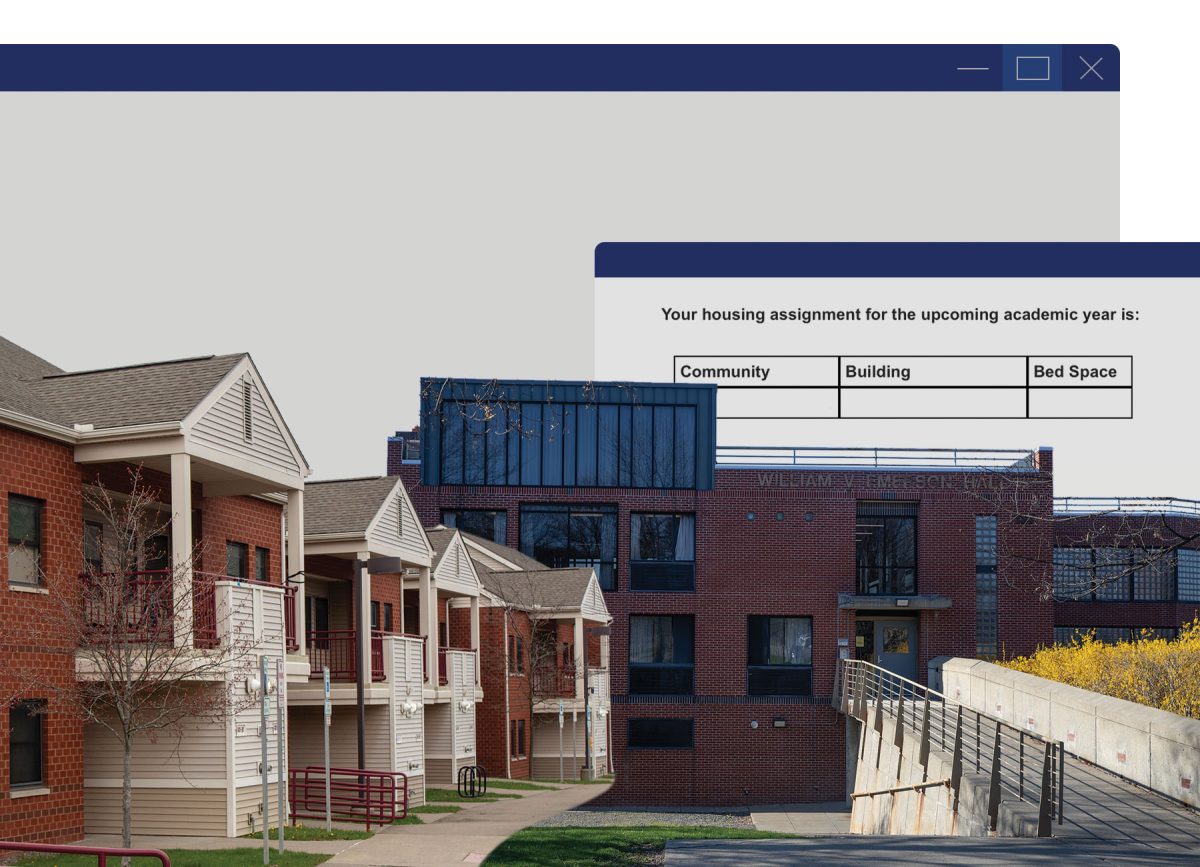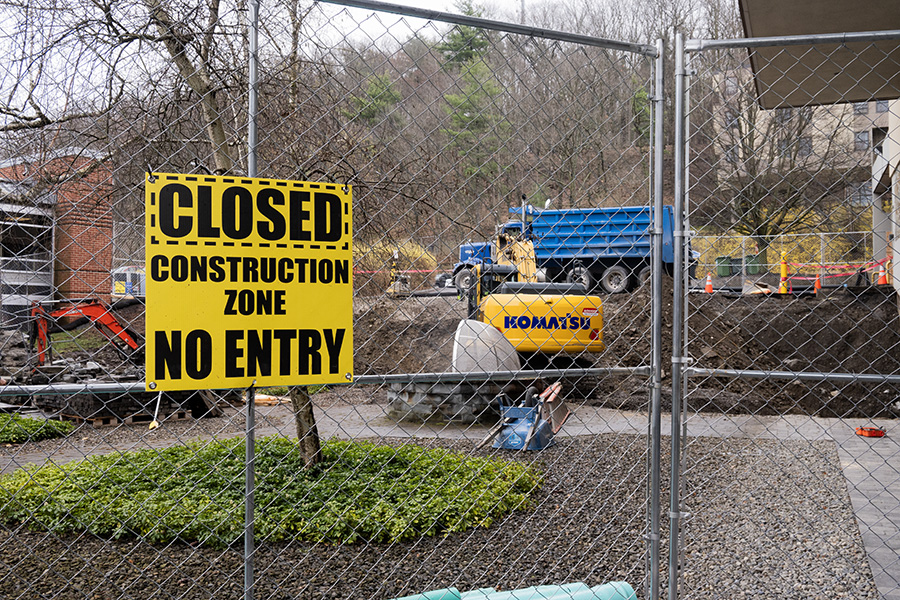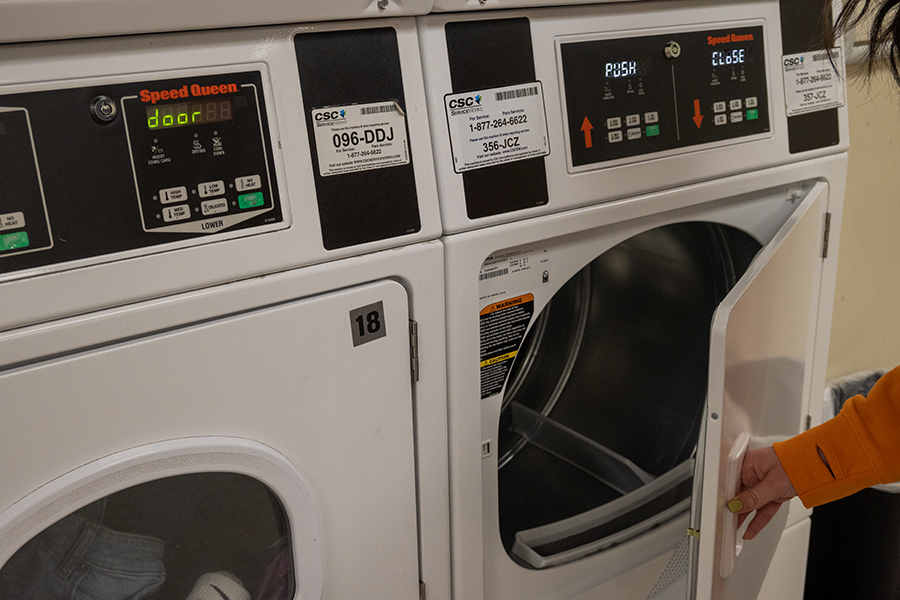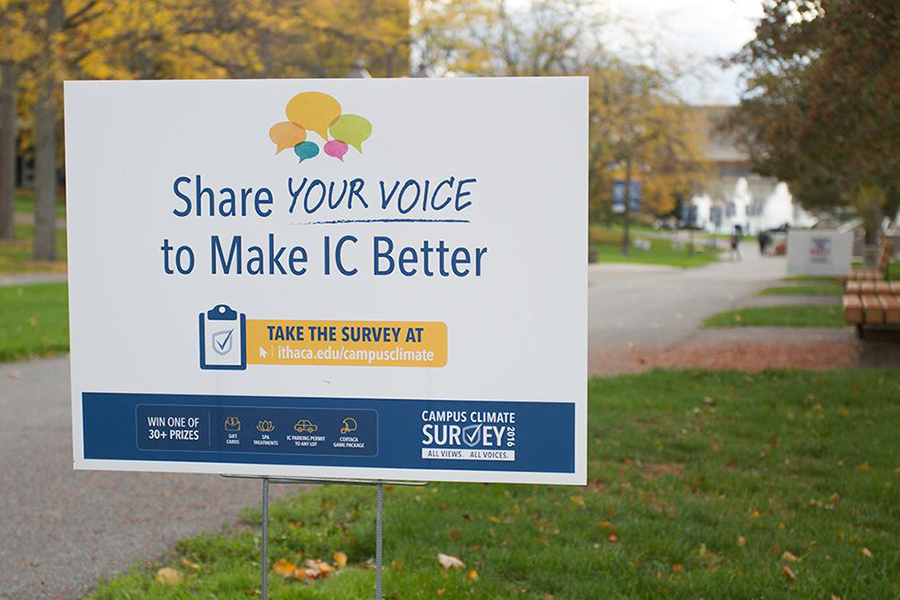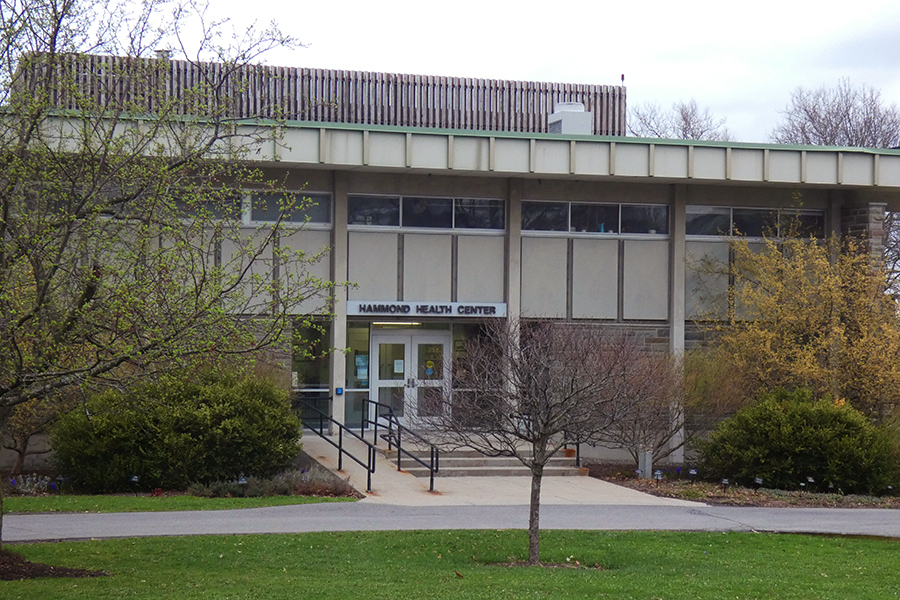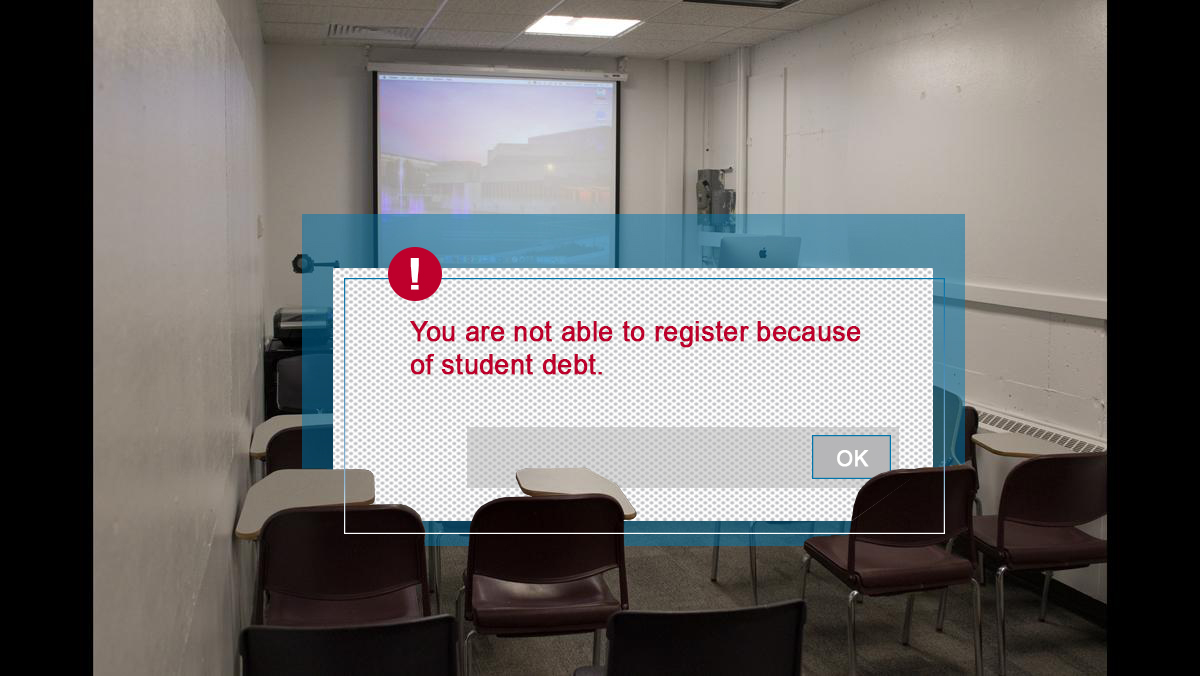Between Jan. 6 and Jan. 14, Michael Rogers, associate professor of physics and astronomy, and a team were in Washington, D.C., to do a 3-D laser scan of former-president Abraham Lincoln’s summer cottage. Rogers’ team included junior physics majors Kevin Coldren and Evan Van de Wall, and Scott Stull, a lecturer in the sociology/anthropology department at SUNY Cortland. The project received media attention from multiple outlets, including the Washington Post, the Ithaca Journal and the DCist.
Assistant News Editor Aidan Quigley met with Rogers to discuss how the 3-D scanner works, the scan of Lincoln’s cottage and Rogers’ future plans.
Aidan Quigley: Why did you decide to scan Lincoln’s cottage?
Michael Rogers: We obtained the scanner about two years ago. Now that we have the scanner, it has taken us about a year to get used to the software. We are starting to look at how to apply what we’ve learned. We were seeking around for things to work on, and through some contacts, we got in touch with the preservation management bureau for Lincoln’s cottage.
AQ: What was the goal of this scan?
MR: For President Lincoln’s cottage, our goal was preservation. Another thing that is valuable about preservation is the accessibility. You can now create this kind of space which allows accessibility to historical structures. We can make a movie, which can then be put online so people can see it. Another thing we’re working on is a similar thing to Google Street View, where you could position yourself at a scanning station and stand in the space and look around, which is a little more interactive than the movie. We also want to move the scan into a format where you could be able to click on a lamp and see a detailed history of everything that has been done on that lamp and what still has to be done. Another thing is, if something gets damaged by chance, you can have a way to reconstruct it.
AQ: How does the scanner work?
MR: The scanner sends out a laser beam that travels out, hits an object and reflects off it. So the laser would go out, hit the wall and the scanner would record how much time it took to hit the wall and then come back. Because we know how fast light travels in the air, we are able to translate that to distance. The scanner pulses 50,000 times a second, and that’s partly how we can get such high resolution. It takes about 15 minutes to get a scan at 15 millimeter resolution, and we also have a camera, so after the scan is done, we also take a panoramic visual photograph, which is very precise as well.
AQ: Do you have any future plans to do similar projects?
MR: We had an awesome happenstance while we were at Lincoln’s cottage. The Washington Post ran a story, and there was a trustee of Ulysses S. Grant’s cottage who happened to be in the area who visited us and asked if we wanted to scan Grant’s cottage. Of course, we said yes. So that’s something we’re trying to coordinate right now. There are a couple of other locations that we are in the early communication stages with, but certainly President Lincoln’s cottage has created some buzz, so I expect we’ll be getting more contacts and it to be an interesting summer.
AQ: Were you surprised you got so much media coverage?
MR: I was not. You have President Lincoln, you have high tech and you have a laser. Put those together and that seems like a cool story.

